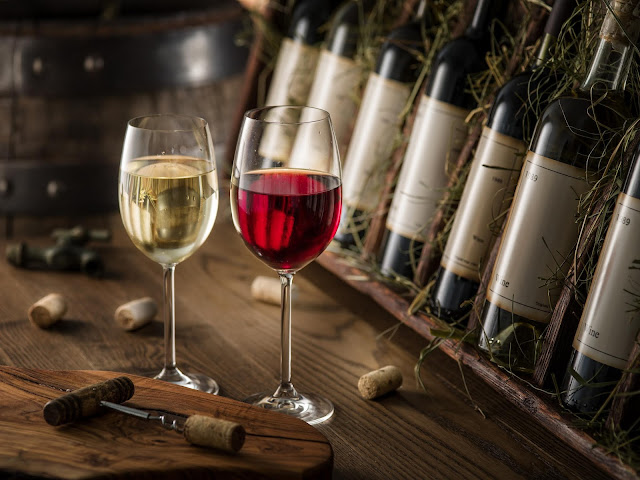To maintaining the wine’s delicate flavour, proper wine storage is critical. The way in which wine is a stored impact the method it tastes when served. After purchasing the product the maintaining quality is up to them. To treat the bottles properly and to increase its flavour you need to create a suitable store as collectors have no control over how their wine is made. In this blog, you will explore the methods of keeping wines in the cellar by maintaining the proper ventilation, vibration, racking angles lighting, humidity and temperature.
Handling and storing your best wine is a serious matter if you are a wine lover. To perfectly age and protect the high-quality bottle of wine, you could build wooden wine cellar racks on a wall mounted storage angles, humidity controls, temperature, wine coolers. This complete blog will showcase wine storage secrets and provide insights into most excellent practices for wine cellar preservation.
• Best temperature of a wine cellar:
For proper wine storage maintaining the temperature and avoiding the wild temperature is the most critical thing. What makes a good wine cellar is a stable chill temperature. From 40 degree to 65 degrees Fahrenheit wine can be stored safely. How long wine will be stored it depends on the storage temperature.
Handling and storing your best wine is a serious matter if you are a wine lover. To perfectly age and protect the high-quality bottle of wine, you could build wooden wine cellar racks on a wall mounted storage angles, humidity controls, temperature, wine coolers. This complete blog will showcase wine storage secrets and provide insights into most excellent practices for wine cellar preservation.
• Best temperature of a wine cellar:
For proper wine storage maintaining the temperature and avoiding the wild temperature is the most critical thing. What makes a good wine cellar is a stable chill temperature. From 40 degree to 65 degrees Fahrenheit wine can be stored safely. How long wine will be stored it depends on the storage temperature.
A warmer temperature of 60 degrees to 65 degrees Fahrenheit will speed the development of bottle if the bottle will be opened within a year or two. Cooler temperature is desired if your intention is storing the bottles in contemporary wine cellars for the longer term. Quality wine wines can benefit by cooler storage and this is usually consumed sooner than red wines.
• Controlling moisture and humidity in wine cellar:
Wine becomes more deliciously complicated as it matters. You should preserve the wine in a proper and stable storage environment. Proper humidity is also very important although it is overlooked during the wine cellar-construction process. From drying out and shrinking humidity control prevents the wine. It also protects and forms the wooden corks in wine bottles. The form impacts the flavour through the cork since wine absorbs the aromas in its environment. As long as the fungus-covered corks still maintain in the seal are not bad.
On the other hand, corks that are too dried out are fatal to wine. Sometimes the cork leads to oxidation of the wine if the cork will lose its seal. The wine becomes in an acidic form when the seal is broken and the oxygen will slowly reach into the bottle. The result of failed corking causing wine oxidation and wine tastes bitter or like vinegar.
• The dark wine cellar is needed:
Wine tastes better when stored in dark glass away from the Sun. Dark coloured glass bottles help to shield wine from sunlight. Storing wine in dark condition is essential to keep the liquid from spoiling; therefore, the installation of wine cellar racks became even more important from that moment. Ultra violate light can cause an unpleasant aroma and can cause oxidization. Delicate white wines are often packaged in darkly tinted wine bottles that offer some protection from bright light and it has the greatest risk from light exposure. Wines need extra precautions for storage.
Bottom Line:
It is important to include an adequate method of ventilation and air-flow during the wine cellar construction and wine cellar design phase. To provide ventilation solutions for cellars of varying sizes the quality wine cellar and cooling units are offered by Australia’s wine cellar designers. Build custom wine cellar if you are a serious wine collector.

Comments
Post a Comment